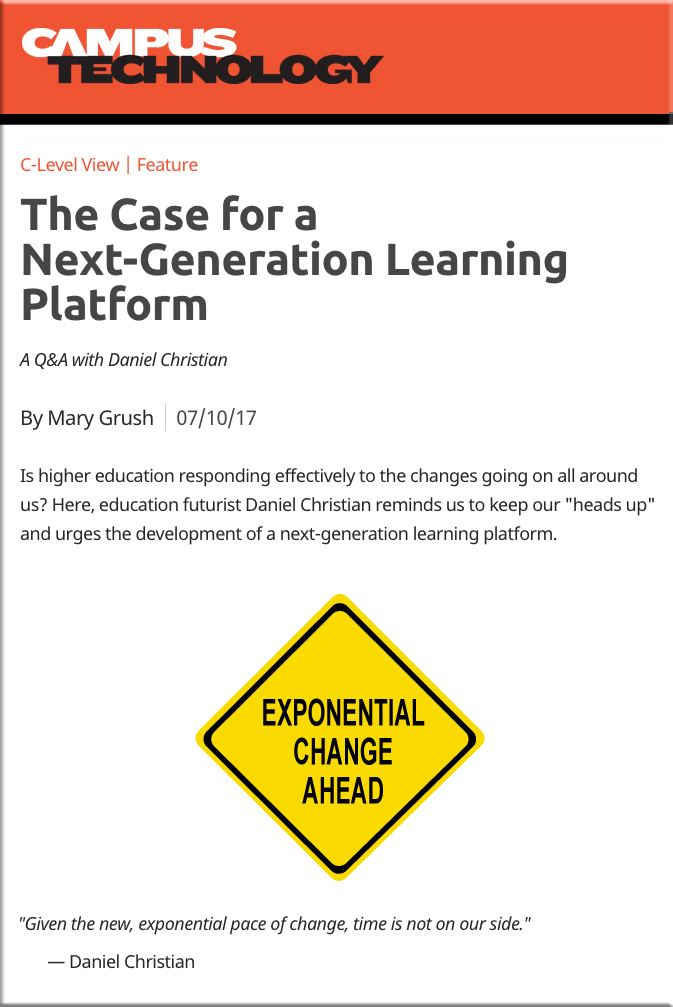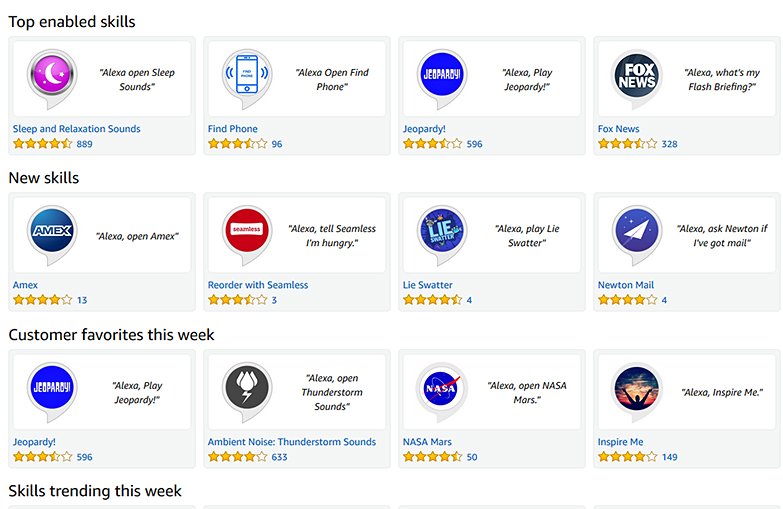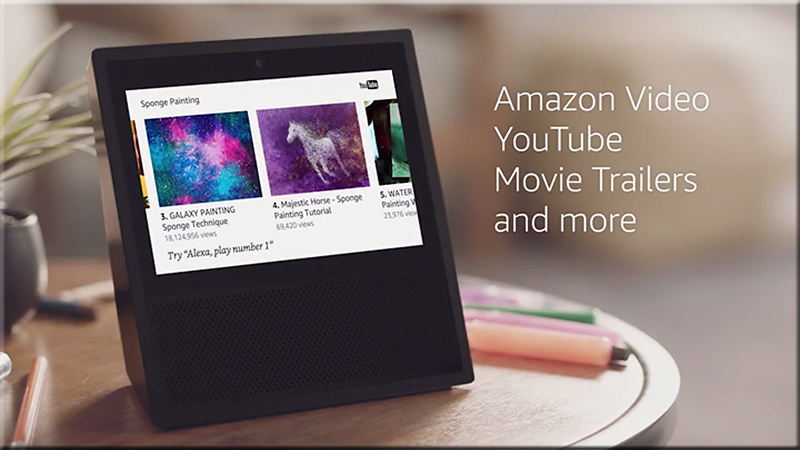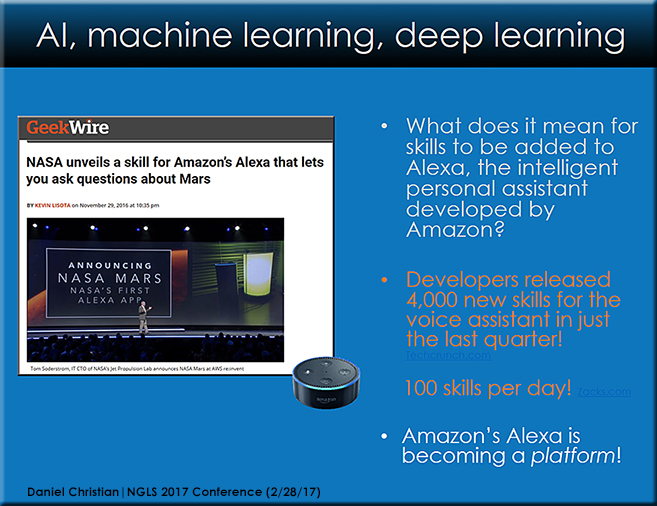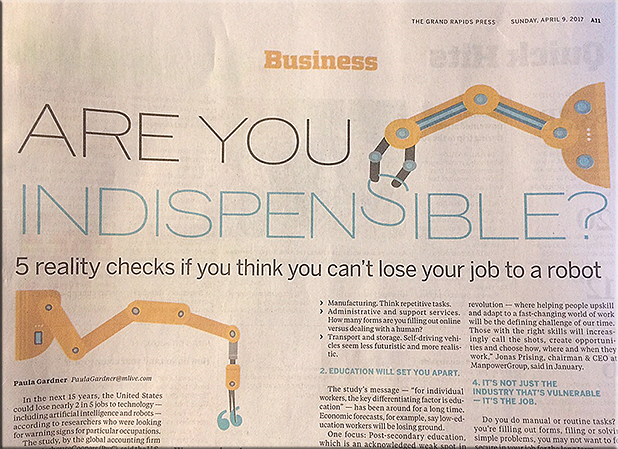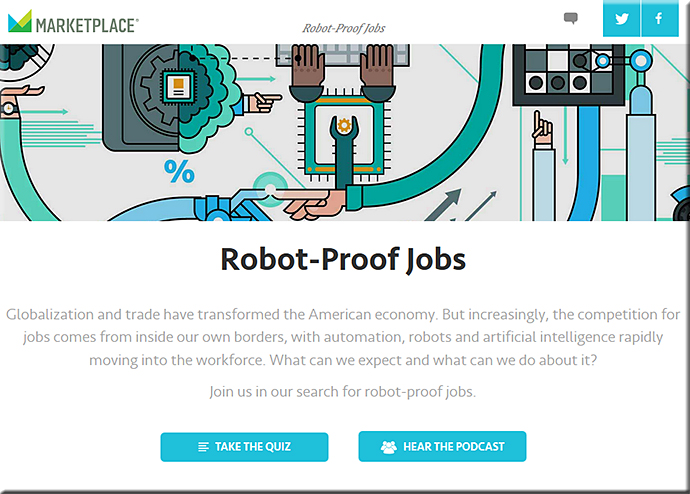Some reflections on students owning their own learning — from DSC:
Sometimes when students are introduced to a new method of learning something — say when a professor introduces a new pedagogy into an active learning-based classroom — they may not like it. It not only looks and feels different, but at times this new method of learning may require additional time and/or effort from them. For example, this could occur with a flipped/inverted classroom approach. In that model of learning, the students are supposed to review some learning-related materials online ahead of time so that their face-to-face time in the (physical) classroom can be used for group discussions, group work, problem solving, debates, etc. Coming to class prepared may take some additional time and/or effort. Also, to think of where the gaps are in one’s understanding — a metacognitive activity — requires effort, time, and reflection.
Students may balk at having to do these things. These methods don’t match up to their histories…to the ways things have always been done. In fact, a student may ask, ‘Why should I do these things? It’s a lot more work than listening to the lectures in class, then doing the homework outside of class. I’ve/We’ve never done it this way before.”
Here are some of my answers to that WHY question:
- You need to OWN your OWN learning and be open to new ways of learning. Your future will require it.
- You need to be active — and even proactive — in your own learning. Intentionally build your own learning ecosystem and make adjustments to it as necessary.
- To stay marketable and relevant today, each of us is now required to be a lifelong learner. No longer is it a situation of going to college for four years and calling it good. You need to learn how to learn.
- When you graduate, it’s likely no one will be there to give you a Betty Crocker list of next steps. You need to think of and own those decisions.
- When you get into your first job, you will likely get some training (if the company or organization is any good). But there will be times when the training isn’t enough to get you ready to take the next step in your career (and I’m not talking about a job ladder, which often doesn’t even exist anymore). In fact, you could easily be laid off from that first job due to a new direction that the company decided to take. Or you could be let go because the company was acquired by another organization — and you have to move or lose your job (which happened to me…twice). Or perhaps your group is being let go due to a decline in sales. Or perhaps some technological changes were made by everyone else in your industry — except your company — and now your company is being blown out of the water by its competition. There are a myriad of reasons you could lose your job. Then, what will you do? No one is there to spoon feed you. You need to be able to pivot, think for yourself, practice real-life problem solving, reflect on your values and where you want to contribute, etc. This will be on YOU, and no one else. You need to be able to learn new things.
Also, it’s not just what you know. It’s what you can do with what you know. “Yeh, yeh, yeh…blah, blah, blah…I’ve heard it all before” (I can hear some of you saying.) B.S.! This is serious business. Wake up! Let me give you some concrete, real-world motivation then that relates to whether you will be able to put some bread and butter on your table, and whether or not you will be able to pay your bills, and whether or not you will be able to pay for decent housing and medical care, and whether or not you will be able to save enough money for retirement, and more:
- You didn’t get that software developer position because, though you knew a lot about programming, your applications were uninspiring/weak/not very useful and they weren’t easy to use.
- You didn’t get that User Experience Design position because, although you had a UX degree from ___, the app that you submitted on your application was hard to use and not very intuitive.
- You didn’t get that new sales job because your previous sales didn’t match the other applicants’ sales figures.
- You didn’t get that marketing position because your competitions’ marketing campaigns were far better, more polished, and more effective than yours was.
- You didn’t get that web developer position because your web sites didn’t employ the latest and greatest designs, colors, navigation methods, scripting, extended technologies, and more.
- You didn’t get that editor position because, although your writing was grammatically correct, was boring and verbose. We need sharp, concise, engaging copy!
- Etc., etc., etc.
There’s your bottom line. Not only do you need to know things — you need to be able to do good, solid work with what you know.
So, you need to own your own learning — you want to own your own learning. Now!
Some potential/relevant hashtags for this posting might be (even if they don’t currently exist):
#stayingrelevant | #surviving | #reinvent | #heutagogy | #lifelonglearning | #nomorespoonfeeding
#motivation | #ownyourlearning | #adaptingtochange | #paceofchange | #beingabletopayyourbills









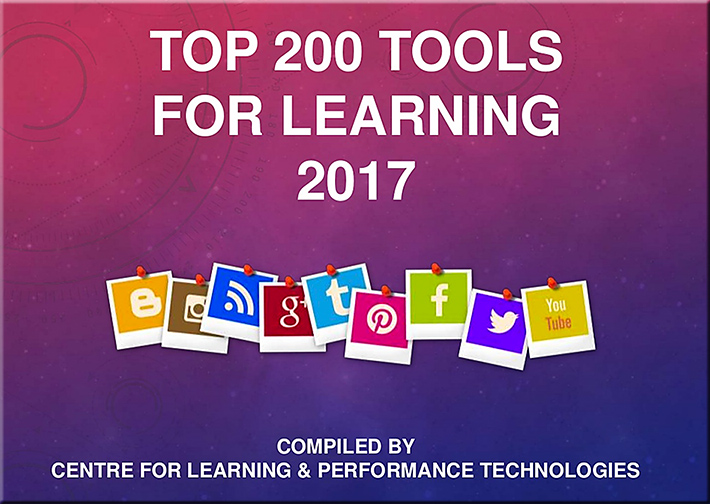

![The Living [Class] Room -- by Daniel Christian -- July 2012 -- a second device used in conjunction with a Smart/Connected TV](http://danielschristian.com/learning-ecosystems/wp-content/uploads/2012/07/The-Living-Class-Room-Daniel-S-Christian-July-2012.jpg)
